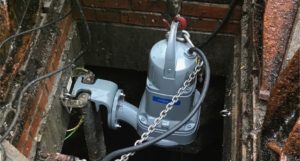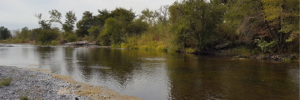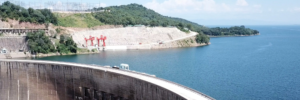Partnering to Make Holiday Parks More Efficient and Sustainable

Center Parcs De Eemhof uses Xylem intelligent pumping solution to cut energy and cleaning costs by more than 70%. (Image source: Xylem Inc.)
Working together, Center Parcs De Eemhof and Xylem have implemented innovative technologies and solutions to tackle critical water and wastewater issues, such as frequent clogging, while increasing efficiency and sustainability. Among the highlights:
- Center Parcs De Eemhof uses powerful pump systems from Xylem for its Flow Rider attraction to create a constant flow of curling waves for surfing and wave riding. All water is reused to promote sustainability.
- The park utilizes a Xylem circulation pump to ensure warm water for showers in its dressing room areas. The pump can also be used to heat its indoor dome pool space.
- Center Parcs is harnessing Xylem’s Concertor intelligent pumping system to optimize wastewater management at the facility. In the past, the park had to frequently service its pumps to remove clogs. Xylem’s Concertor solution has helped reduce the pumping system’s cleaning and maintenance costs by 80 percent and energy costs by 70 percent.
The pump control application “prevents a lot of maintenance,” said Jelle van der Linde, Technical Manager, Center Parcs. “It’s more energy-efficient and also very sustainable.”
All Center Parcs locations in Europe are Green Key certified, reflecting the company’s strong commitment to advancing sustainability.
Source: Xylem Inc.







